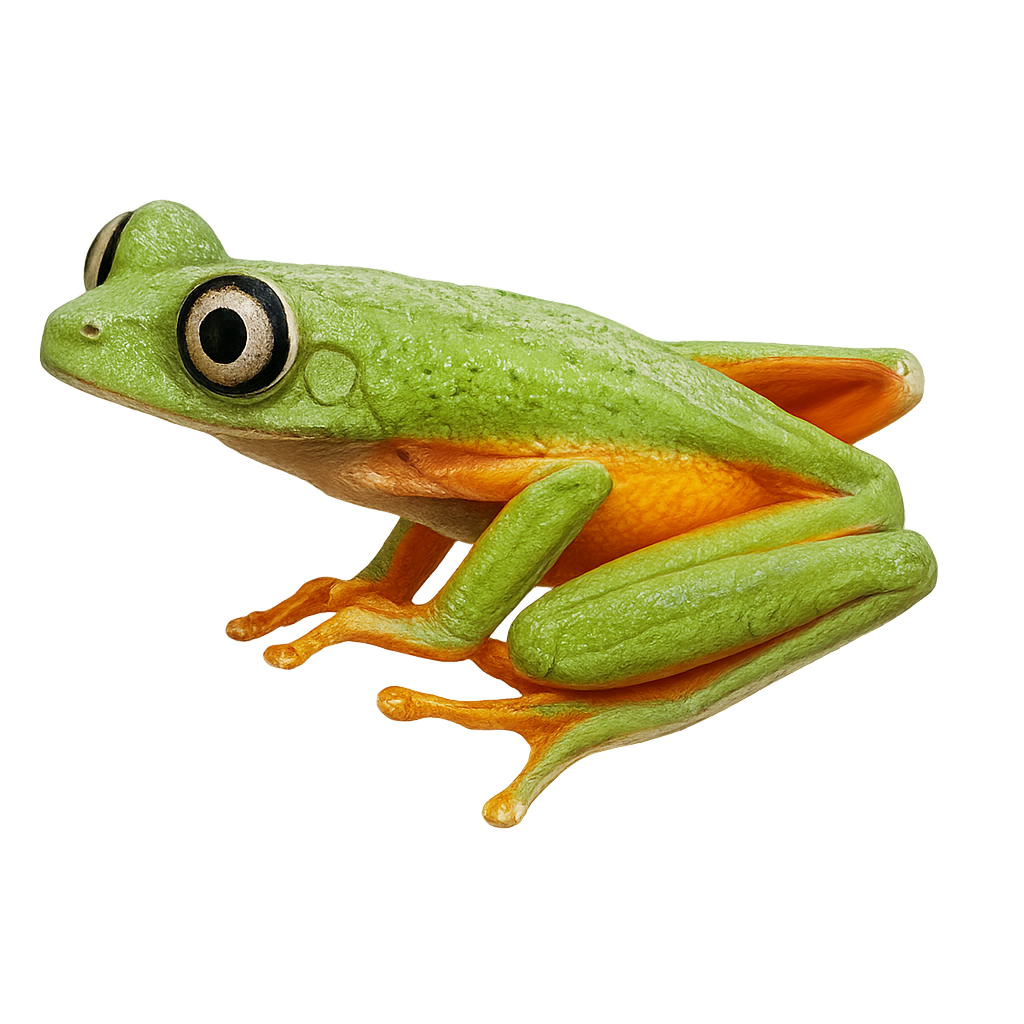Your wildlife photography guide.
Explore the lemur leaf frog in detail, study its behavior, prepare your shots.
Where to observe and photograph the lemur leaf frog in the wild
Learn where and when to spot the lemur leaf frog in the wild, how to identify the species based on distinctive features, and what natural environments it inhabits. The WildlifePhotographer app offers tailored photography tips that reflect the lemur leaf frog’s behavior, helping you capture better wildlife images. Explore the full species profile for key information including description, habitat, active periods, and approach techniques.
Lemur Leaf Frog
Scientific name: Agalychnis lemur

IUCN Status: Least Concern
Family: HYLIDAE
Group: Amphibians
Sensitivity to human approach: Suspicious
Minimum approach distance: 2 m
Reproduction period: May to August
Incubation: 6–10 jours
Births: May to September
Habitat:
Tropical forests, wetlands, swamps
Activity period :
Mainly active at night, generally discreet during the day.
Identification and description:
The Lemur Leaf Frog, Agalychnis lemur, is a fascinating species of arboreal frog native to the tropical rainforests of Central America. It is renowned for its striking red eyes and vibrant green skin, which help it blend in with the foliage. At night, it becomes active, hunting insects and other small invertebrates. Its feet are equipped with suction pads that allow it to climb smoothly on slick surfaces. Although primarily nocturnal, it can be seen during the day resting on leaves. This species is an important indicator of forest ecosystem health, as it is sensitive to environmental changes.
Recommended lens:
Macro – adjust based on distance, desired framing (portrait or habitat), and approach conditions.
Photography tips:
To photograph the Lemur Leaf Frog, it is advisable to use a macro lens to capture the fascinating details of its eyes and skin. Night photography with soft lighting can reveal its vibrant colors without dazzling it. Be patient and wait for it to become active to get dynamic shots. Avoid sudden movements to prevent scaring it and maintain a safe distance of at least 2 m to avoid disturbing its natural habitat.
The WildlifePhotographer App is coming soon!
Be the first to explore the best nature spots, track rutting seasons, log your observations, and observe more wildlife.
Already 1 431 wildlife lovers subscribed worldwide

